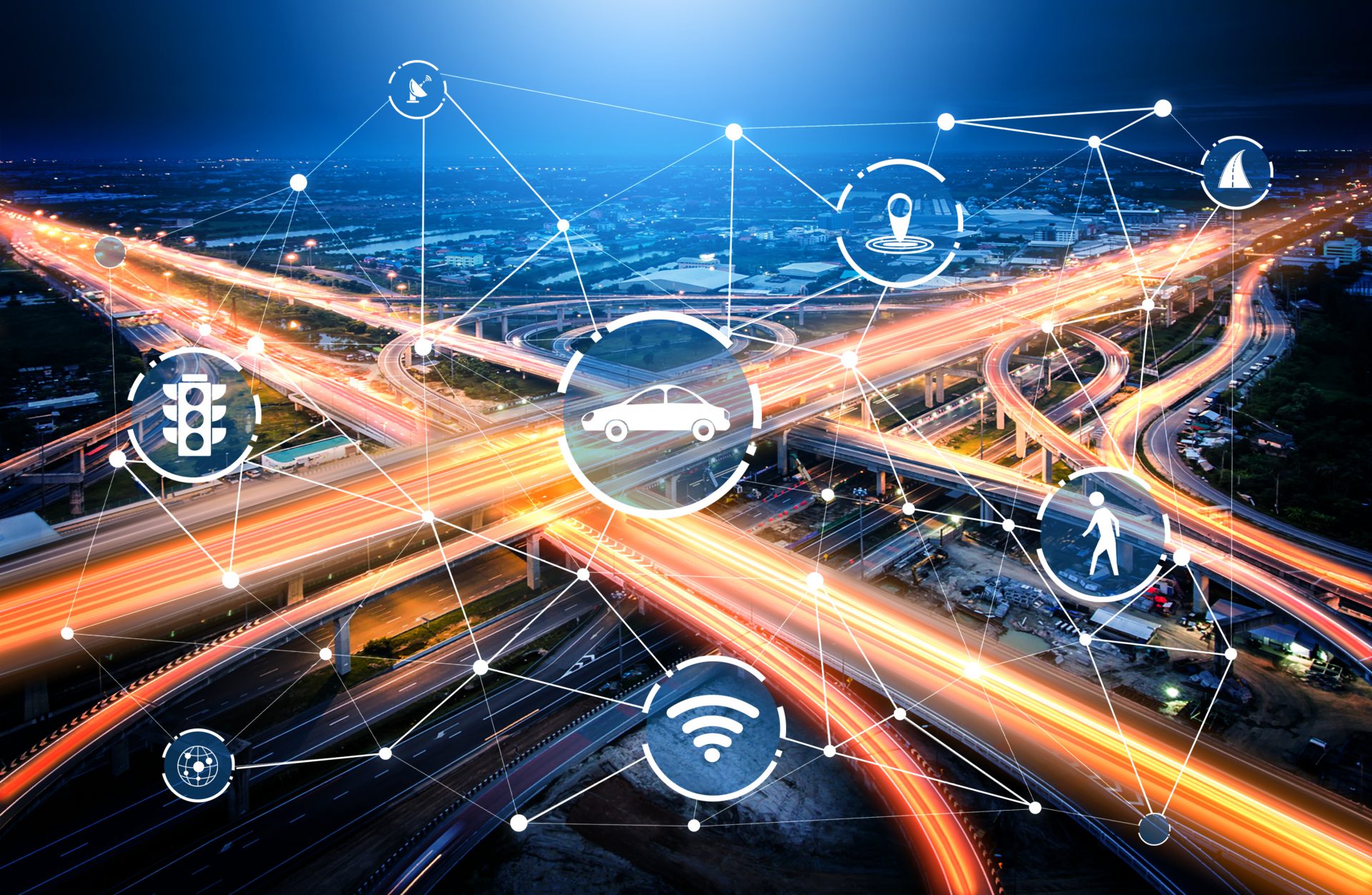The Dynamics Of Intelligent Transportation Systems In Civil Infrastructure

Have you ever heard of the term "smart cities"? This kind of urban development is making waves around the world as it provides an efficient and effective solution to the challenges that come with urbanization. In fact, smart cities are not just a concept but a reality. They are being built in different parts of the globe, and they are transforming the way people live, work, and interact with their surroundings.
So, what is a smart city exactly? Simply put, it's a city that uses technology and data to optimize resources, improve the quality of life of its residents, and reduce its environmental footprint. It's a highly connected and networked city that leverages the power of the Internet of Things (IoT), Big Data, and artificial intelligence to enhance various urban services such as transportation, energy, healthcare, public safety, education, and more.
Frequently Asked Questions About Smart Cities
Q: What are the benefits of smart cities?
A: Smart cities offer a plethora of benefits that can improve the lives of citizens and the efficiency of cities. Some of these benefits include:
- Reduced traffic congestion and improved transportation systems
- Enhanced public safety through the use of sensors, cameras, and data analytics
- Better management of energy and water resources, leading to cost savings and reduced carbon footprint
- Improved healthcare services through telemedicine, remote diagnosis, and wearable technology
- Integrated and personalized services for citizens based on their needs and preferences
- Increased economic growth and innovation through the creation of new jobs and business opportunities
Q: Are there any downsides to smart cities?
A: While smart cities offer numerous benefits, there are also some potential downsides that need to be addressed. Some of these include:
- Privacy concerns, as smart cities collect large amounts of data that can be used for surveillance purposes
- Security risks, as smart cities are vulnerable to cyber attacks that can disrupt vital services and infrastructure
- Costs associated with implementing and maintaining smart city infrastructure
- Concerns around job displacement as some tasks are automated and performed by machines
- Issues around social equity and access, as not all citizens may have equal access to smart city services and technologies
Q: How are smart cities transforming transportation?
A: Transportation is a key area where smart cities are making a significant impact. One of the most visible changes is the integration of different modes of transportation, such as bikes, scooters, electric cars, and public transit, into a single system. This is achieved through the use of mobile apps, sensors, and data analytics that allow citizens to plan their trips and choose the most efficient and sustainable option. Smart traffic management systems are also reducing congestion and emissions by optimizing traffic flows and reducing the number of cars on the road.
Q: What role do intelligent transport systems play in smart cities?
A: Intelligent transport systems (ITS) are a crucial component of smart cities as they provide the technology and infrastructure needed to enable efficient and sustainable transportation. ITS includes a range of technologies such as connected vehicles, traffic management systems, smart parking, and public transit systems. These systems use real-time data and analytics to optimize transportation networks, reduce congestion, and improve safety and accessibility for all citizens.
Q: How can smart cities improve public safety?
A: Smart cities use a variety of technologies to enhance public safety, such as surveillance cameras, sensors, and real-time data analytics. For example, smart streetlights equipped with cameras and sensors can detect incidents such as accidents or crimes and alert authorities quickly for a faster response time. Other systems include gunshot detection systems, crime prediction software, and even drones that can monitor areas where it might not be safe for human police officers to enter.
Q: How can smart cities improve healthcare services?
A: Smart cities are revolutionizing the healthcare industry by providing more accessible and personalized services to citizens. One such example is telemedicine, which uses video conferencing and other digital technologies to facilitate remote diagnosis, virtual consultations, and remote monitoring of patients. Wearable technology can also be used to track vital signs and provide real-time health data to healthcare professionals. AI-powered chatbots and voice assistants are being used to provide round-the-clock health advice and support for citizens.
Q: What's the future of smart cities?
A: The future of smart cities is exciting and full of possibilities. With advancements in technology and data analytics, cities will become even more connected and efficient, with personalized and integrated services for citizens. We can expect to see more autonomous vehicles, smart buildings, and urban green spaces that are optimized for sustainability and energy efficiency. In the future, smart cities may even become self-sufficient and generate their own energy through renewable sources. The possibilities are endless!
As you can see, smart cities are more than just a buzzword. They are a game-changing innovation that has the potential to transform the way we live, work, and interact with our surroundings. With the right infrastructure, technology, and policies in place, smart cities can achieve environmental sustainability, economic growth, and social equity. Let's embrace the future of smart cities and all the benefits they have to offer!

Post a Comment for "The Dynamics Of Intelligent Transportation Systems In Civil Infrastructure"